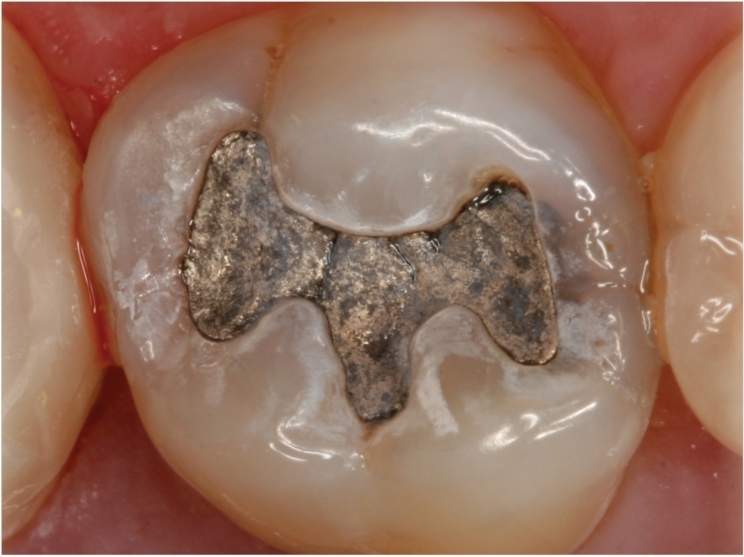
A coalition of 50 environmental, public health, and children’s rights group is calling for an end to the use of dental amalgam in American children and for a two-year general phase-out of its use in the United States. These supporters include the Sierra Club, Greenpeace, Health Care Without Harm, Clean Water Action, Consumers for Dental Choice, and the Learning Disabilities Association of America.
“Starting July 1, the European Union bans amalgam for children under 15. The US needs to act too,” said Charlie Brown, president of the World Alliance for Mercury-Free Dentistry.
The coalition announced its position, which it calls the Chicago Declaration, at the University of Illinois at Chicago. Also, the coalition notes that amalgam’s main component is mercury, which is a neurotoxin and heavy metal. It further says that amalgam usage is now in sharp decline and has been discontinued in several countries.
“Mercury-free dentistry is practical, it is a superior technology, and it is tooth-friendly—minimally invasive—while amalgam is not,” said Jessica Saepoff, DDS, former commissioner of the Washington State Dental Quality Assurance Commission.
Other signatories on the Chicago Declaration include the Environmental Working Group, the Mercury Policy Project, the Organic Consumers Association, the International Indian Treaty Council, Physicians for Social Responsibility-Chicago, the Organic and Natural Health Association, the Environmental Justice Health Alliance, the Ecology Center, and the Alliance for Natural Health-USA.
“Mercury’s impact on young people’s health through its presence in fish remains an unresolved problem in this country and around the world. Reducing and eventually virtually eliminating mercury use in ‘silver’ dental fillings by replacement with other effective restorative materials will go a long way in removing this environmental threat to our children in the future,” said Peter Orris, MD, of Health Care Without Harm.
As other mercury uses decline, dental amalgam has become the single largest use of mercury in the United States, according to the United States Geological Survey. Once amalgam is released, the Environmental Protection Agency (EPA) says, microorganisms can change elemental mercury into methylmercury, which is a highly toxic form of the substance that can build up in fish, shellfish, and animals that eat fish.
“Dental amalgam is the major source of mercury in city wastewater, and when it goes down the drain, it doesn’t go away. It ends up in our environment and the food chain. Dental amalgam adds to the mercury burden in fish, a major part of the diet for many women and children in the US,” said Elizabeth Saunders of Clean Water Action. “Ending amalgam use represents a significant and much needed step to protecting children from a damaging toxic exposure.”
The ADA asserts that dental amalgam is a safe, affordable, and durable restorative material that has been studied and reviewed extensively with no adverse effects found. The Food and Drug Administration notes that while mercury bioaccumulates in certain tissues such as the kidneys and brain, this bioaccumulation does not damage these organs. The EPA and Centers for Disease Control and Prevention say there is little evidence that amalgam presents a health risk as well.
Related Articles
Berlin Declaration Shows Amalgam Has Entered Its Twilight Era
What Every Dentist Needs to Know About the New Amalgam Regulations
Conference Discusses the Future of Dental Amalgam











